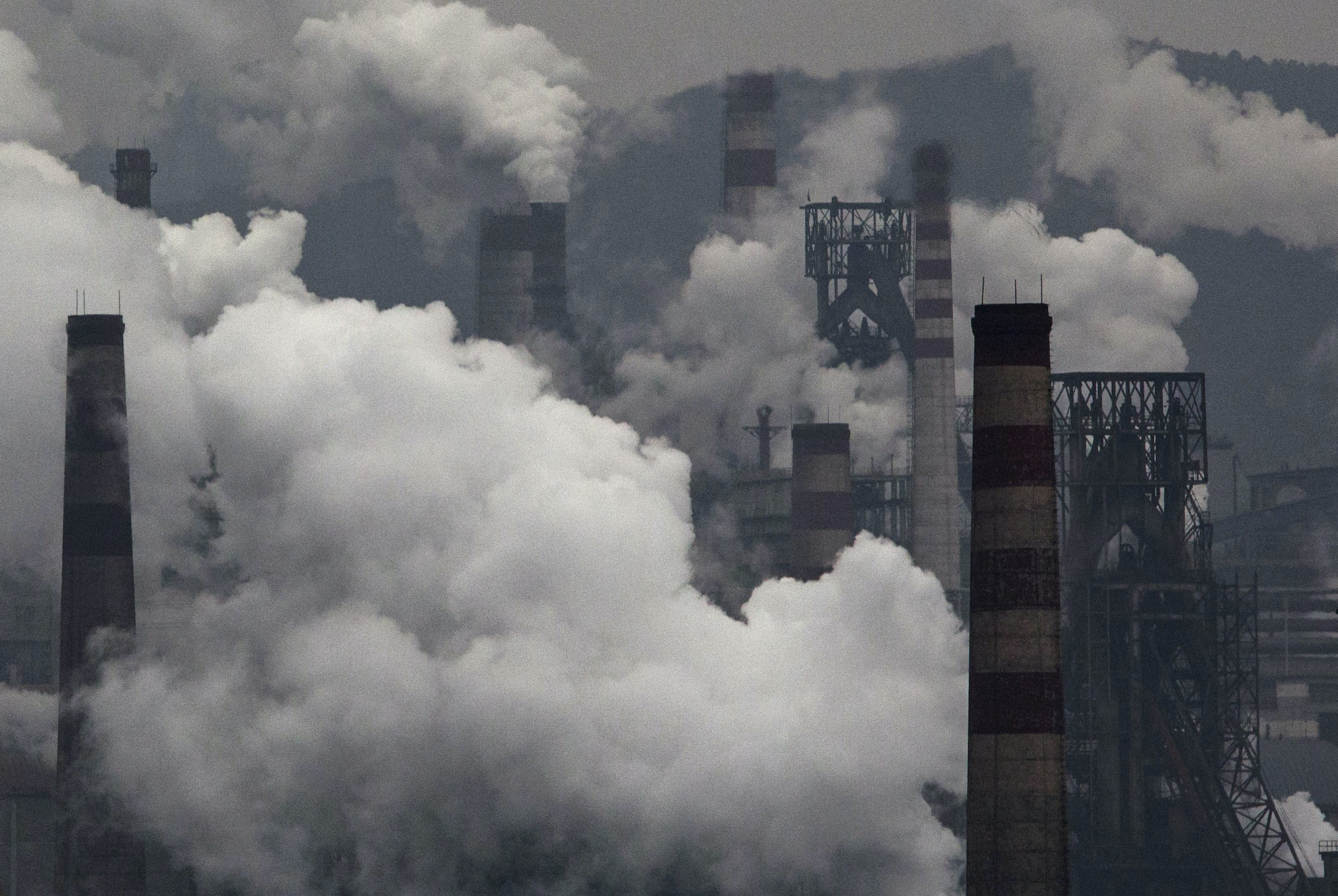In the span of a year, coal power generation went from a historic drop to an all-time high.
In 2021, global electricity generation from coal increased by nine percent, the highest in history, according to a new report by the International Energy Agency, or IEA. Most of that increase came from power plants in China and India, where the need for electricity jumped by nine and 12 percent, respectively. According to the IEA, Europe saw a 12 percent increase while the U.S. went up by 17 percent – despite nearly a decade of declines in coal power generation in both regions.
“Coal and emissions from coal are stubborn,” said IEA’s executive director Fatih Birol in a press call. “Without strong and immediate actions by governments to tackle coal emissions – in a way that is fair, affordable and secure for those affected – we will have little chance, if any at all, of limiting global warming.”
In 2020, when restaurants, theaters, offices, and many industries went dormant due to COVID-19, electricity demand shrank. As a result, coal power generation dropped by four percent; a first in decades. But in 2021, after relatively successful vaccine roll-outs and the relaxation of lockdown measures in most developed countries, economic activities resumed and power needs mounted. Because renewable energy projects couldn’t meet demand, the IEA says oil and gas filled the gap at first, then, as gas prices skyrocketed, coal became a cheaper alternative and demand soared.
Rob Jackson, a professor of earth system science at Stanford University, says there are important regional differences to coal power generation. In the U.S. and Europe, for example, the historic increase may be a blip as coal declines and cleaner energy sources accelerate – a stop-gap as renewable infrastructure continues to grow. But China and India’s influence on the coal market cannot be understated, said Keisuke Sadamori, director for markets and security at IEA, in a press release. Both countries represent two-thirds of the global coal demand and last year’s increase, Jackson says, can be partially explained by the fact that the Chinese and Indian governments bolstered coal-based industries as part of COVID-recovery efforts. “These two economies – dependent on coal and with a combined population of almost 3 billion people – hold the key to future coal demand,” Sadamori said.
According to the IEA’s projections, as more economies recover from the pandemic, coal demand will increase, peaking in 2022 and staying elevated until at least 2024.
The IEA says the report should serve as a reality check of government policies, which they say are insufficient to curb coal use and its carbon emissions. The report, Fatih Berol says, “is a worrying sign of how far off track the world is in its efforts to put emissions into decline towards net zero.”



